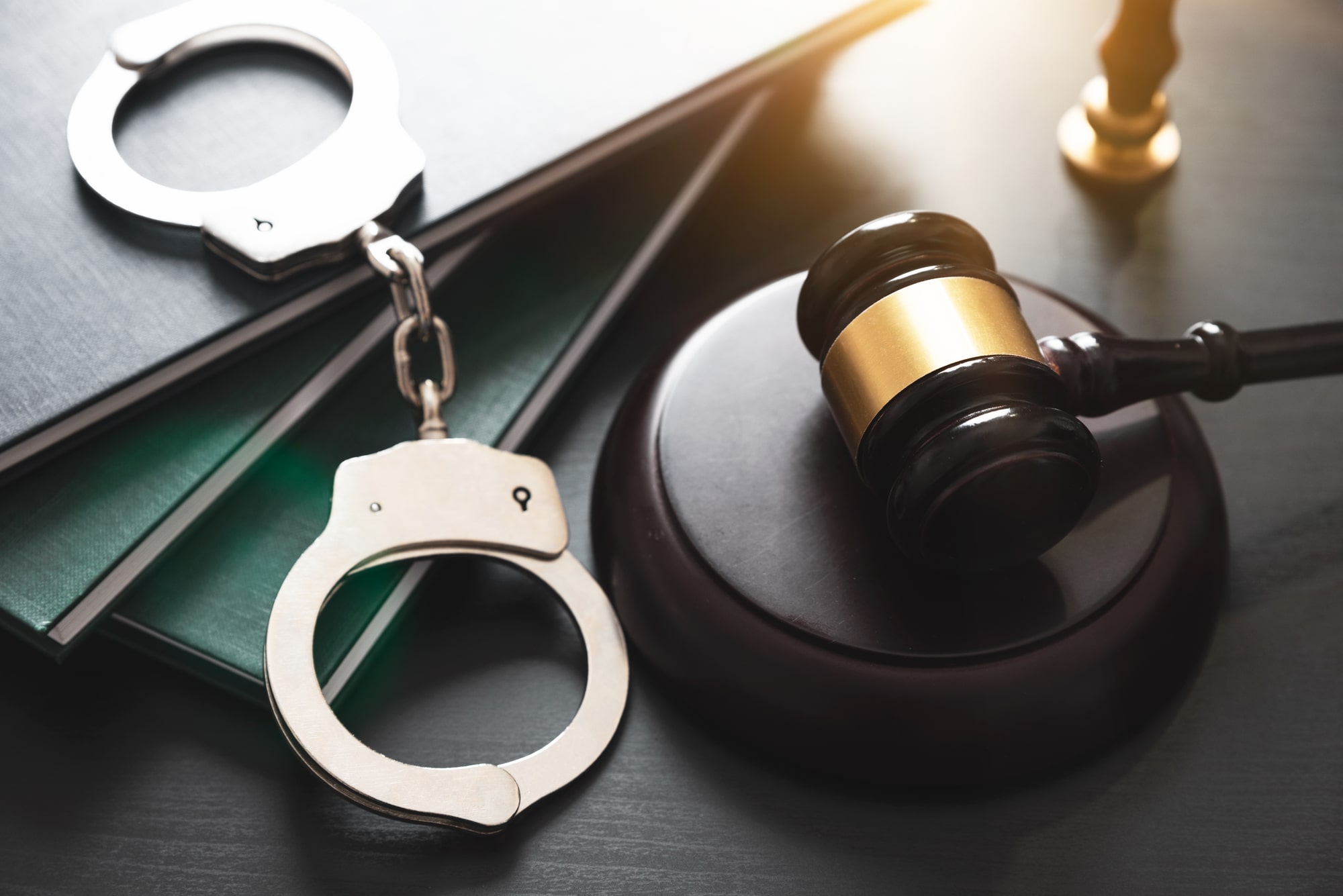5 Issues With Protecting Creative Work Online
In the vibrant landscape of the digital age, creative minds are flourishing, generating a vast array of content that spans from art and music to literature and software. However, as the digital realm expands, so do the challenges associated with safeguarding intellectual property. In this blog post, we’ll delve into the complexities of protecting creative work online, exploring legal considerations and challenges related to intellectual property in the digital age.
The Digital Canvas Challenges To Intellectual Property Protection
The internet provides an unparalleled platform for creators to showcase their work to a global audience. Yet, this boundless reach comes with inherent challenges, notably the risk of unauthorized use, reproduction, or distribution of creative content. As a result, protecting intellectual property in the digital age has become a pressing concern for artists, writers, musicians, and innovators alike.
Copyright Infringement In The Digital Realm Navigating Unauthorized Use
Copyright infringement remains a pervasive issue online, where the ease of copying and sharing digital content presents a constant threat to creators. Understanding the nuances of copyright laws is crucial for creators seeking to protect their work from unauthorized use. From images to written content, creators must be vigilant in asserting and defending their copyright claims. As a lawyer, like a wrongful death lawyer knows, in more dangerous situations, when counterfeit goods infringe on patents or trademarks, it can result in harm or even wrongful death, highlighting the importance of robust IP protection to prevent such tragedies. In such cases, the infringement of intellectual property rights not only undermines innovation and legitimate businesses but also endangers lives.
Digital Content Protection And Technological Safeguards And Legal Recourse
Technological advancements have introduced innovative ways to protect digital content. From watermarks to encryption, creators can implement measures to deter unauthorized access and reproduction. However, the legal landscape must also evolve to address new challenges, providing creators with robust legal recourse when digital content protection measures are circumvented.
Fair Use In The Digital Realm And Striking A Balance
The concept of fair use, which allows limited use of copyrighted material without permission for purposes such as criticism, commentary, and news reporting, takes on new dimensions in the digital age. Striking the right balance between protecting creators’ rights and fostering an environment for transformative works and creative expression remains an ongoing challenge.
Navigating Licensing Agreements In The Digital Space
Licensing agreements play a pivotal role in defining the parameters of authorized use for digital content. Creators must carefully craft and enforce licensing agreements to maintain control over how their work is utilized online. Understanding the terms and conditions of these agreements is vital for both creators and those seeking to use digital content legally.
The Intersection Of Law And Technology
As the digital age propels creative expression to unprecedented heights, protecting intellectual property in this dynamic landscape becomes increasingly complex. As our friends at Siegal & Richardson, LLP know, creators must be proactive in understanding and asserting their rights, leveraging both legal frameworks and technological tools to safeguard their work. Simultaneously, society must grapple with striking a delicate balance between protecting intellectual property and fostering a culture of innovation and creative expression online.
By navigating these challenges collaboratively, we can create a digital landscape where creativity thrives, and the rights of creators are respected and upheld. As the evolution of technology continues, finding innovative solutions and adapting legal frameworks will be essential in ensuring a harmonious coexistence of creativity and intellectual property protection in the digital realm.

